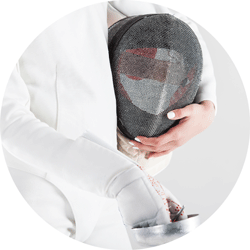Whatever else may be going on in their public and private lives, The Duke and Duchess of Sussex appear to be taking good care of their Intellectual Property rights... to an extent.
Realising the importance of their 'brand', Harry and Meghan instructed lawyers to secure trade mark rights in the name "Sussex Royal". Their trade mark application, filed in the name of the couple's foundation, has been accepted and published, and barring any late opposition it will be formally registered in late February. The application covers a wide range of merchandise, including printed matter and clothing, as well as campaigning activities, charitable fund raising, educational and social support services.
Notwithstanding the perhaps thorny question of whether their new status actually allows them to trade with the word “Royal” in their future activities, this is a wise step for any new brand. A registered trade mark provides the owner with a legal monopoly right, which is both a shield and a sword: Harry and Meghan's foundation will ostensibly enjoy the exclusive right to market those specified goods and services (and grant licences to third parties to do so), in addition to the legal protection that allows them to stop third parties who infringe those rights, and sue for damages or lost profits.
So why 'to an extent'?
Because once a trade mark application has been filed, the scope cannot be extended. If you want to protect more product categories, you need to start with a fresh application. Harry and Meghan’s applications cover only the United Kingdom, and their international priority date has now passed, meaning that they cannot claim the original filing date to launch new rights in other countries. A rash of identical third party applications has recently been filed in other jurisdictions, covering such lines as toiletries, jewellery, bags, beverages and online communications. It is possible that these applications have been filed with the authority of the couple, but hard to avoid the suspicion that they may be opportunistic moves that could ‘blur’ the exclusivity of the Sussexes’ future brand ambitions, and may lead to difficult litigation.
Whatever may develop, this serves to illustrate the best approach to brand protection: think ahead, consider what you want to protect and where, watch those international deadlines and try to out-think the competition before they get the better of you.





